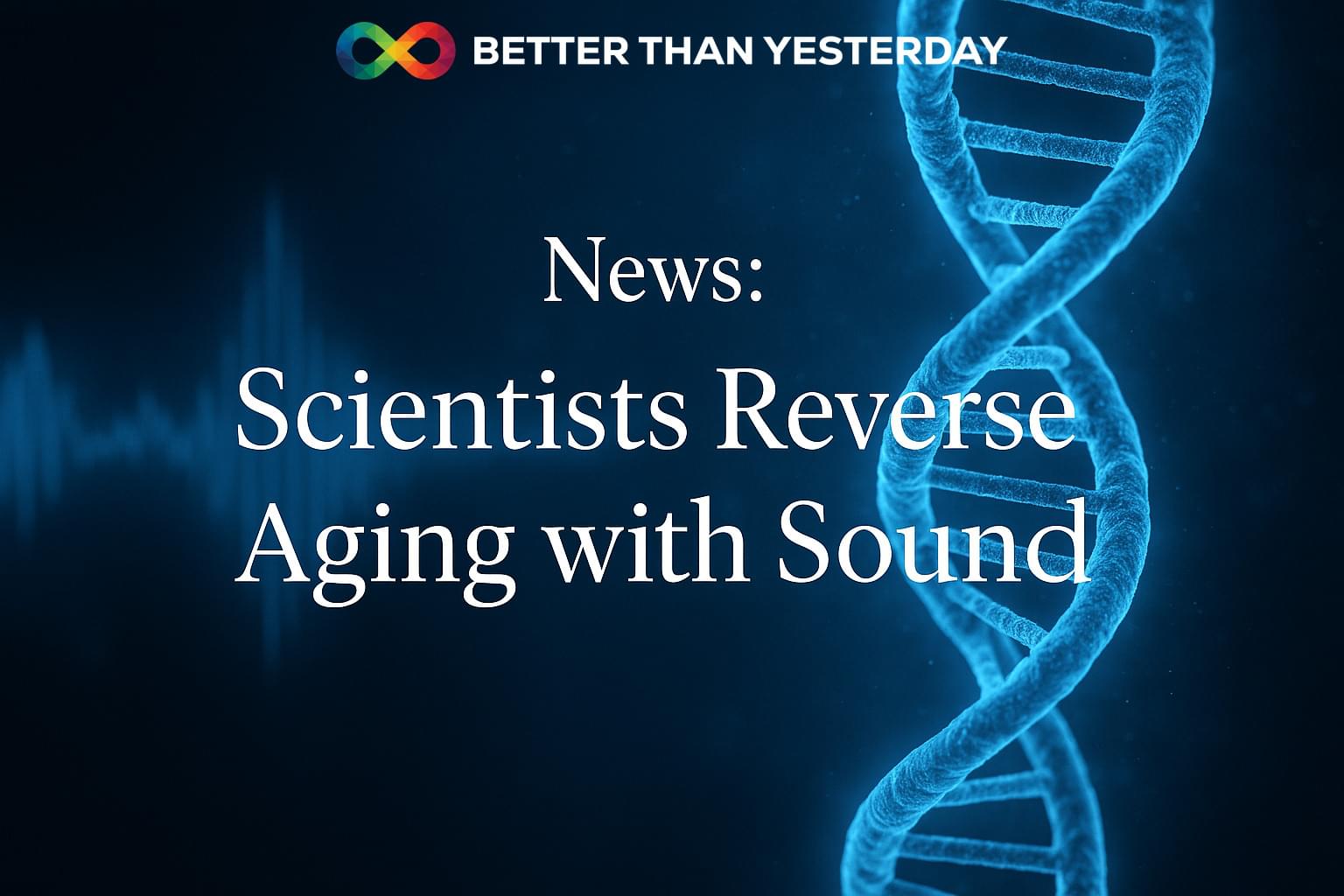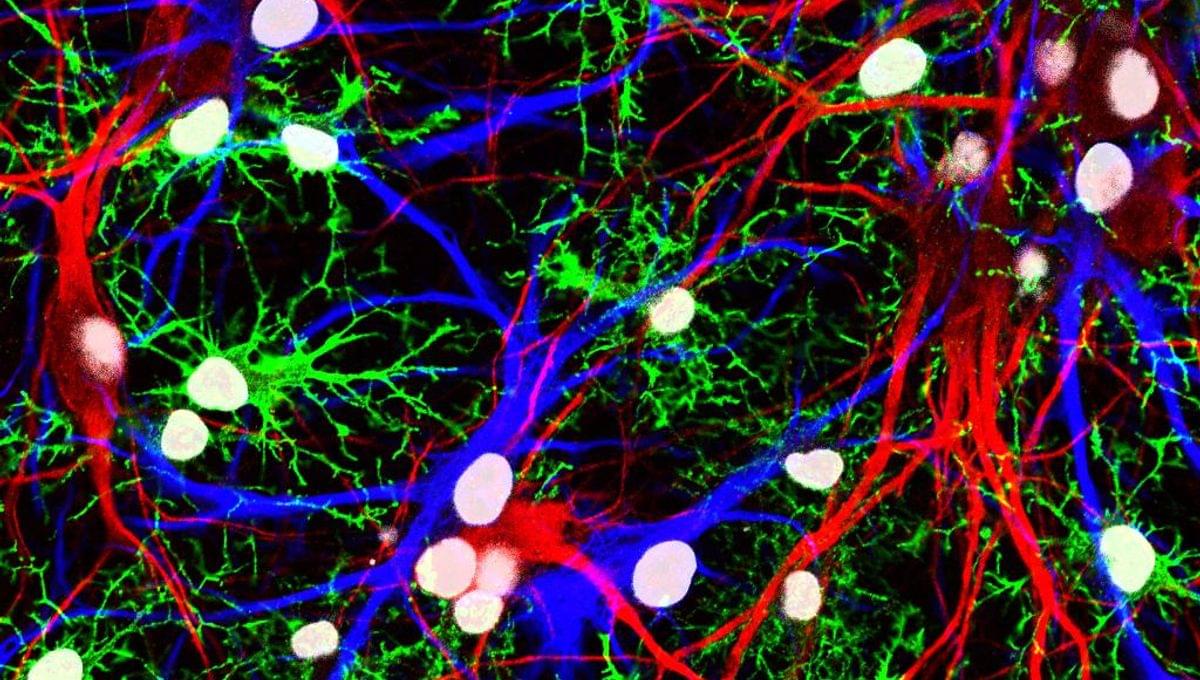Yes, you read that right. A 2025 study shows that gentle sound waves, not drugs, not gene editing, actually rolled back aging in cells and mice.


Edward Chang is a neurosurgeon, scientist, and a pioneering leader in functional neurosurgery and brain-computer interface technology, whose work spans the operating room, the research lab, and the engineering bench to restore speech and movement for patients who have lost these capabilities. In this episode, Edward explains the evolution of modern neurosurgery and its dramatic reduction in collateral damage, the experience of awake brain surgery, real-time mapping to protect critical functions, and the split-second decisions surgeons make. He also discusses breakthroughs in brain-computer interfaces and functional electrical stimulation systems, strategies for improving outcomes in glioblastoma, and his vision for slimmer, safer implants that could turn devastating conditions like ALS, spinal cord injury, and aggressive brain tumors into more manageable chronic illnesses.
View show notes here: https://bit.ly/46uJXlh.
Become a member to receive exclusive content: https://peterattiamd.com/subscribe/
Sign up to receive Peter’s email newsletter: https://peterattiamd.com/newsletter/
We discuss:
0:00:00 — Intro.
0:01:17 — The evolution of neurosurgery and the shift toward minimally invasive techniques.
0:10:58 — Glioblastomas: biology, current treatments, and emerging strategies to overcome its challenges.
0:17:39 — How brain mapping has advanced from preserving function during surgery to revealing how neurons encode language and cognition.
0:24:22 — How awake brain surgery is performed.
0:29:02 — How brain redundancy and plasticity allow some regions to be safely resected, the role of the corpus callosum in epilepsy surgery, and the clinical and philosophical implications of disconnecting the hemispheres.
0:43:46 — How neural engineering may restore lost functions in neurodegenerative disease, how thought mapping varies across individuals, and how sensory decline contributes to cognitive aging.
0:54:40 — Brain–computer interfaces explained: EEG vs. ECoG vs. single-cell electrodes and their trade-offs.
1:09:02 — Edward’s clinical trial using ECoG to restore speech to a stroke patient.
1:20:41 — How a stroke patient regained speech through brain–computer interfaces: training, AI decoding, and the path to scalable technology.
1:41:10 — Using brain-computer interfaces to restore breathing, movement, and broader function in ALS patients.
1:47:56 — The 2030 outlook for brain–computer interfaces.
1:52:35 — The potential of stem cell and cell-based therapies for regenerating lost brain function.
1:57:54 — Edward’s vision for how neurosurgery and treatments for glioblastoma, Parkinson’s disease, and Alzheimer’s disease may evolve by 2040
2:00:43 — The rare but dangerous risk of vertebral artery dissections from chiropractic neck adjustments and high-velocity movements.
2:02:31 — How Harvey Cushing might view modern neurosurgery, and how the field has shifted from damage avoidance to unlocking the brain’s functions.
——-
About:
The Peter Attia Drive is a deep-dive podcast focusing on maximizing longevity, and all that goes into that from physical to cognitive to emotional health. With over 90 million episodes downloaded, it features topics including exercise, nutritional biochemistry, cardiovascular disease, Alzheimer’s disease, cancer, mental health, and much more.
Peter Attia is the founder of Early Medical, a medical practice that applies the principles of Medicine 3.0 to patients with the goal of lengthening their lifespan and simultaneously improving their healthspan.



Your Facebook business page serves as your digital storefront. It’s where you connect with customers, share company news, and build your brand. But lurking within those seemingly innocent comment sections are cybercriminals waiting to strike.
Facebook comments present a perfect opportunity for hackers. They use these spaces to distribute malware, gather personal information, and create targeted attacks against your business and followers. Many organizations focus on securing their main accounts while overlooking the vulnerabilities in their comment sections.
In this post, we’ll cover five common tactics hackers use in Facebook comments and provide an actionable strategy to protect your business from these threats.
Is your business one Facebook comment away from disaster? See how cybercriminals weaponize social media and get the protection your brand deserves.

Many industrial products—from car bumpers to aerospace panels and medical implants—owe their performance to lightweight, cellular materials. These hard-working synthetics are engineered to meet specific functionality goals, but too often, defects introduced during the fabrication process can lead to subpar performance or even catastrophic failure.

A team from the Universitat Politècnica de València (UPV) and the University of Vigo (UVigo) has just published in Nature the results of a study in which they have uncovered why bridges—specifically steel truss bridges—do not collapse when affected by a catastrophic event such as an impact or an earthquake. And their conclusions are similar to the behavior of spider webs.

A detailed conformational analysis of N-substituted bispidines has been performed to determine the factors governing the restricted rotational motion induced by the substituents. This investigation combines computational studies of the transition state involved in the rotation with experimental characterization of the rotamers arising from the restricted rotation.
Questions to inspire discussion.
📈 Q: What is the potential annual production capacity for Cybercabs at full speed? A: At full speed with multiple production lines, Tesla’s Cybercab production could reach 2 million vehicles per year.
Tesla’s FSD and Autonomous Driving.
🧠 Q: When is FSD14 expected to be released? A: FSD14 is anticipated to be released in September 2025.
🚗 Q: What capability will FSD14 enable for Tesla vehicles? A: FSD14 will enable unsupervised robo taxi operation for Tesla vehicles.
💼 Q: How might Tesla’s FSD subscription model change? A: Tesla’s FSD subscription could become mandatory for new vehicle purchases.
🔵 Try Epoch Times now: https://ept.ms/3Uu1JA5
This is the full version of Jan Jekielek’s interview with Max Tegmark. The interview was originally released on Epoch TV on June 3, 2025.
Few people understand artificial intelligence and machine learning as well as MIT physics professor Max Tegmark. Founder of the Future of Life Institute, he is the author of “Life 3.0: Being Human in the Age of Artificial Intelligence.”
“The painful truth that’s really beginning to sink in is that we’re much closer to figuring out how to build this stuff than we are figuring out how to control it,” he says.
Where is the U.S.–China AI race headed? How close are we to science fiction-type scenarios where an uncontrollable superintelligent AI can wreak major havoc on humanity? Are concerns overblown? How do we prevent such scenarios?
CHAPTER TITLES